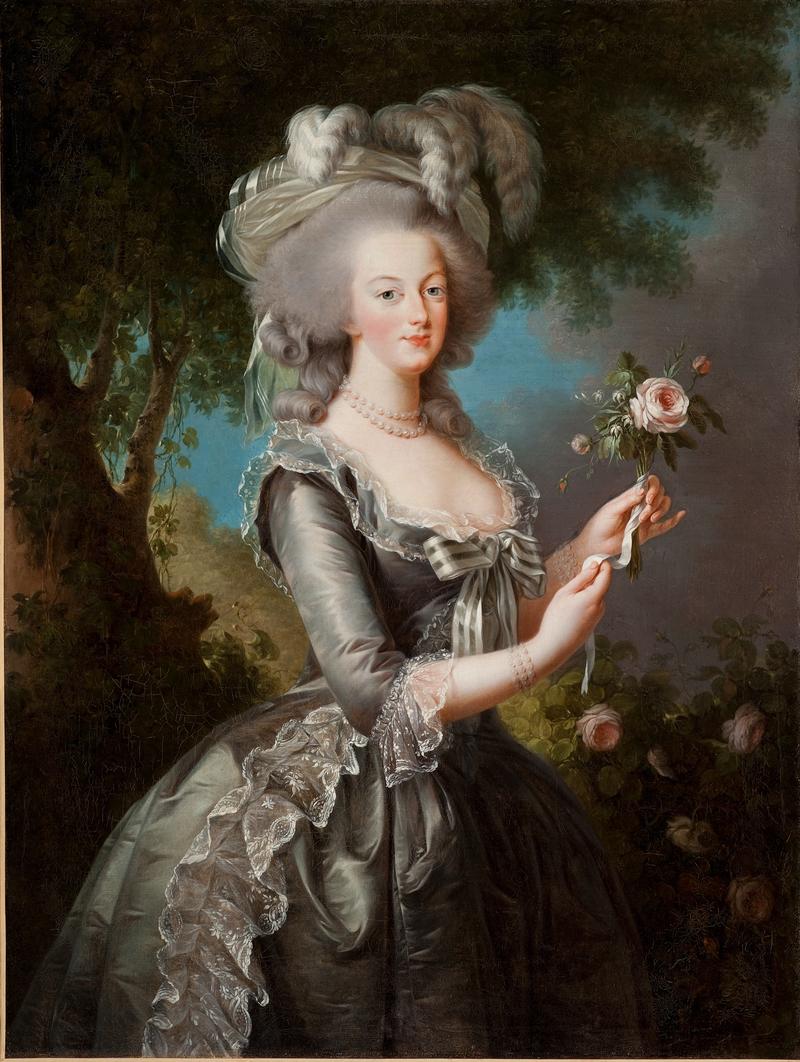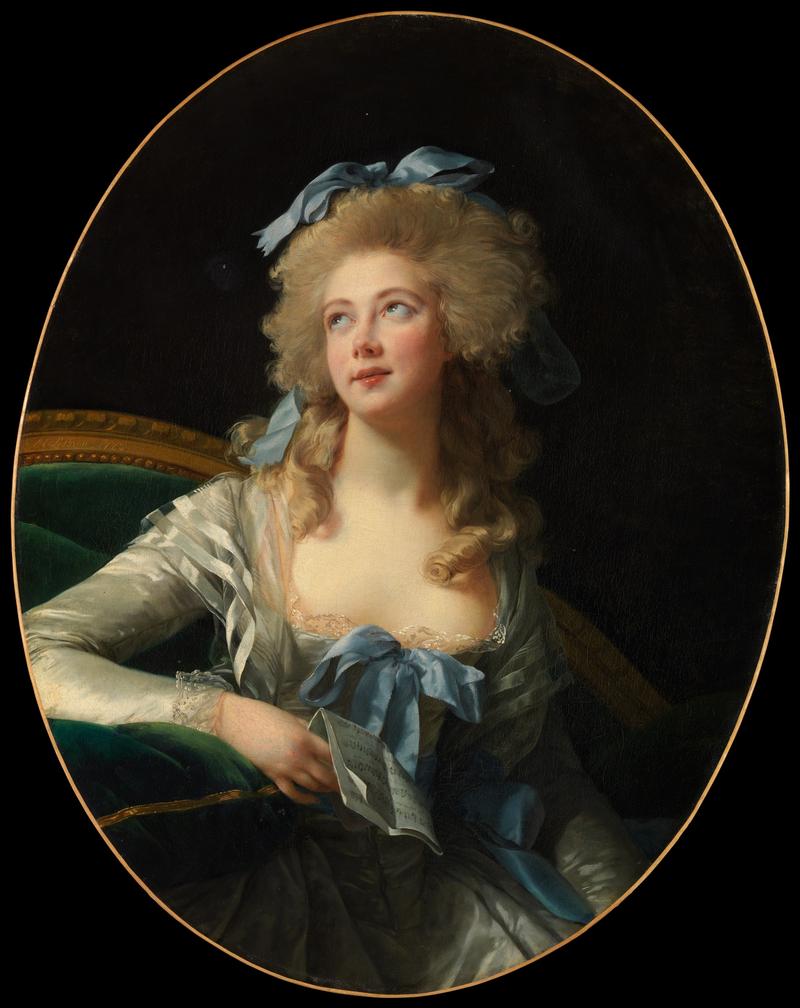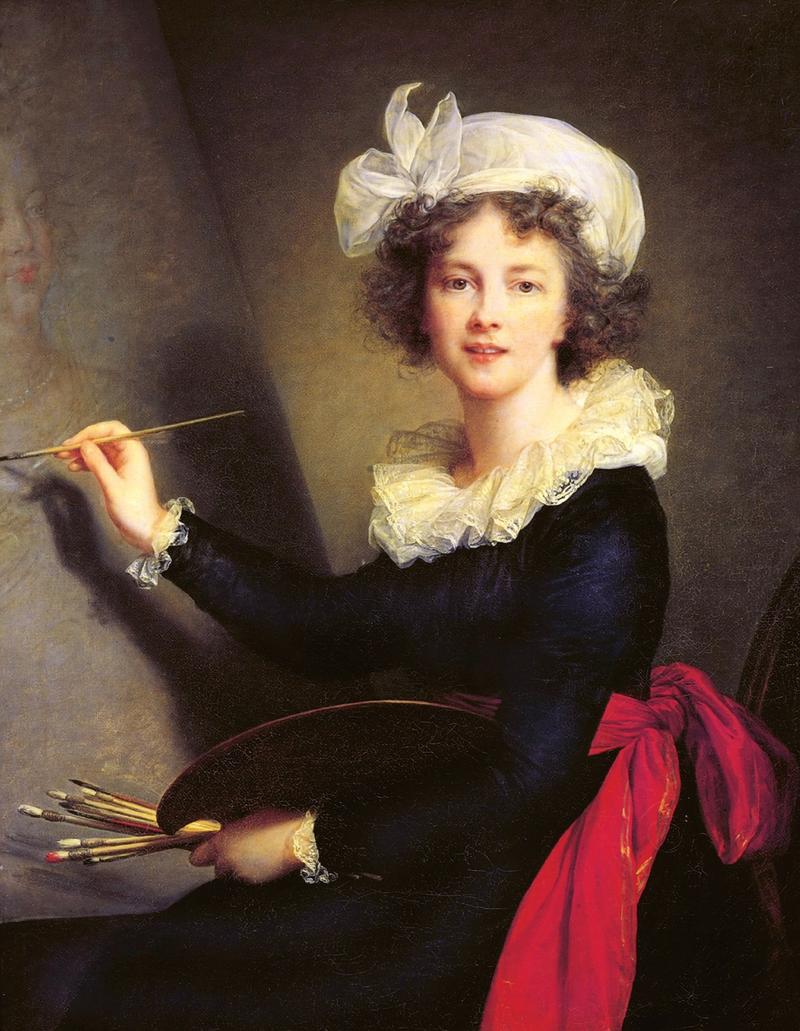
The history of art does not abound with female masters. Yet in recent years, feminist-minded scholars have tumbled back in time to search for overlooked figures. One of the better-known rediscoveries is Elisabeth Louise Vigée Le Brun, a gifted and prolific portraitist who flourished in late-18th century Paris, in the last, luxury-loving moments before the French Revolution. She is now having her first-ever retrospective in New York, at the Metropolitan Museum of Art, and it is a worthy affair.
At a time when art schools were still closed to women, Vigée Le Brun was a model of obdurate persistence. Her father, a painter, died when she was 12, and she was largely self-taught. After she won a commission to paint a portrait of Marie Antoinette, she became the go-to portrait painter of the 1780s. Countesses and duchesses who could afford her high fee rushed to sit for her and, to her credit, she created a pantheon of relaxed-looking women who seemed no less complete without the presence of men.
Vigée Le Brun had enormous facility. She was good at depicting the trappings of aristocratic life — like the sheen of satin, or lace ruffles spilling from the end of a black velvet sleeve, or a wide-brimmed hat bedecked with a curling ostrich feather. And she excelled at painting women’s hair. An odd hairdo was popular at the time, a kind of regal mullet, with short curls in the front and long tresses falling down in the back. For a point of reference, see the Met’s own “Madame Grand,” a charismatic portrait in which a young woman holding a musical score rolls her eyes upwards with a hint of impatience, appearing a little too-cool for the matrons who populated her world.
After the Revolution, Vigée Le Brun fled Paris and managed to sustain her career in exile. Her portraits became formulaic and slick. Not to mention untimely. You would never know from her paintings that the Reign of Terror had ever happened. There is not a wrinkle to be found on any of those smooth and contented faces, not a hint of darkness or encroaching mortality. This makes her art less complex than it could have been, and it would be a century before the painter Berthe Morisot proved that art by women could rival that of men.


